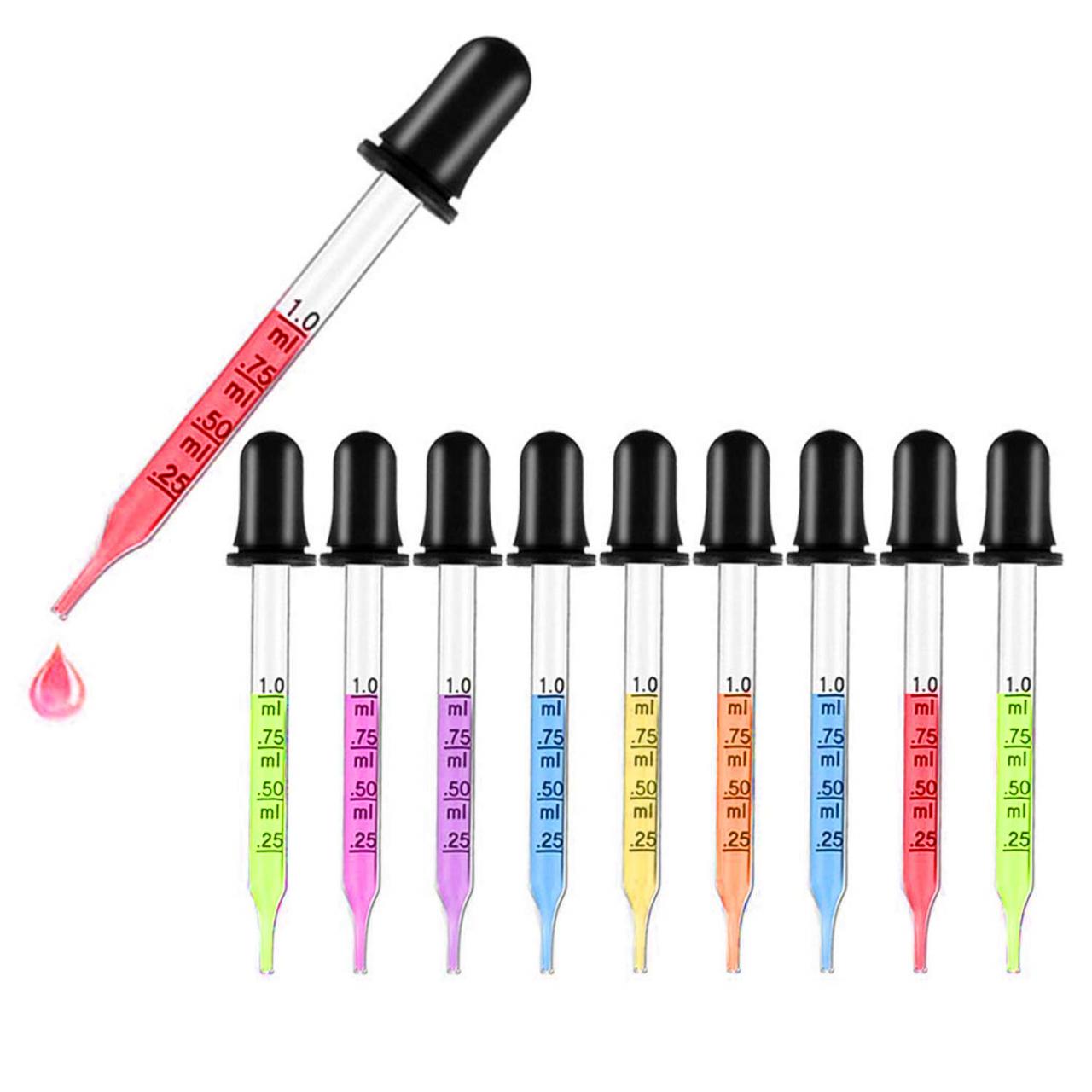
Dropper meaning – The term “dropper” holds a multifaceted meaning, encompassing various applications across different fields. Its etymology traces back to the Old English word “drope,” signifying a liquid drop. Delving into its diverse uses, we explore the dropper’s mechanism, materials, and significance in medicine, science, and art.
From administering medications to conducting scientific experiments, droppers have played a crucial role throughout history. We examine their cultural significance, uncovering anecdotes and stories that highlight their impact on different cultures and time periods.
Dropper: A Versatile Tool
A dropper is a simple yet indispensable tool with a wide range of applications. Its unique design and mechanism make it suitable for various tasks, from dispensing liquids to administering medication.
Definition and Etymology
The word “dropper” has multiple meanings as a noun:
- A small, tube-like device with a narrow tip used for dispensing drops of liquid.
- A person or device that drops something.
- A medicine or solution that is taken in drops.
The term “dropper” originated from the Middle English word “drope,” meaning “a drop of liquid.” Over time, the word evolved to describe the device used to dispense drops.
Parts of Speech, Dropper meaning
Dropper can be used as different parts of speech:
- Noun: The device used for dispensing drops of liquid.
- Verb: The act of dropping something.
- Adjective: Describing something that drops or is dropped.
Types of Droppers: Dropper Meaning
Droppers come in various types, each designed for specific purposes:
| Type | Description | Uses |
|---|---|---|
| Medicine Dropper | Graduated, sterile dropper used for dispensing liquid medication. | Administering oral medication, measuring small volumes of liquid. |
| Eye Dropper | Small, plastic or glass dropper with a soft tip. | Applying eye drops, lubricating eyes. |
| Pipette | Calibrated dropper used for precise measurement and transfer of liquids. | Laboratory experiments, chemical analysis. |
| Pasteur Pipette | Disposable, graduated pipette with a long, narrow tip. | Microbiology, culturing bacteria. |
Mechanism and Materials
Droppers typically consist of a hollow tube with a narrow tip and a bulb or plunger at the other end. When the bulb is squeezed, it creates a vacuum that draws liquid into the tube. Releasing the bulb dispenses the liquid in drops.
Droppers can be made from various materials, including glass, plastic, and rubber. Glass droppers are often used for laboratory applications due to their resistance to chemicals and heat. Plastic droppers are lightweight and disposable, making them suitable for medical and home use.
Applications of Droppers
Droppers are widely used in various fields:
- Medicine:Dispensing oral medication, administering eye drops, and collecting blood samples.
- Science:Measuring and transferring small volumes of liquids, conducting chemical experiments.
- Art:Creating precise lines and patterns in painting and drawing.
Advantages and Disadvantages
Droppers offer several advantages:
- Precise dispensing of liquids
- Easy to use and clean
- Portable and convenient
However, there are also some disadvantages:
- Can be difficult to control the size of drops
- May not be suitable for viscous liquids
- Can be a potential source of contamination if not properly cleaned
Safety Precautions
When using droppers, it is important to take certain safety precautions:
- Always clean and sterilize droppers before and after use.
- Do not use droppers to dispense liquids into the eyes or other sensitive areas without medical supervision.
- Keep droppers out of reach of children.
Cultural Significance of Droppers

Droppers have played a significant role in various cultures and time periods:
- In ancient Egypt, droppers were used to apply eye makeup and administer medicinal drops.
- In traditional Chinese medicine, droppers are used to dispense herbal remedies.
- In some cultures, droppers are used in rituals and ceremonies, symbolizing the transfer of knowledge or the passage of time.
Innovations and Future Developments

Recent advancements in dropper technology have led to several innovations:
- Automated Droppers:Dispensing drops at precise intervals and volumes, improving accuracy and efficiency.
- Multi-Channel Droppers:Dispensing multiple drops simultaneously, reducing time and effort.
- Smart Droppers:Integrated with sensors and microcontrollers, allowing for real-time monitoring and control.
Future developments in dropper technology may focus on:
- Improved precision and accuracy
- Integration with other devices and systems
- Novel applications in fields such as biotechnology and microfluidics
Ending Remarks
As technology advances, we witness innovations in dropper design and applications. These advancements promise enhanced functionality and efficiency. Speculating on future developments, we anticipate further refinements in dropper technology, expanding its potential in various domains.
General Inquiries
What is the primary function of a dropper?
Droppers are primarily used to dispense liquids in controlled, small amounts, making them ideal for applications such as administering medication, conducting experiments, or adding ingredients to mixtures.
What materials are typically used to make droppers?
Droppers are commonly made from materials such as glass, plastic, or rubber. Glass droppers are often preferred for laboratory applications due to their inertness and transparency, while plastic droppers are more durable and disposable.
Are there any safety precautions to consider when using droppers?
When using droppers, it is essential to follow safety precautions such as wearing gloves, avoiding contact with eyes, and properly disposing of used droppers to prevent contamination or accidental ingestion.